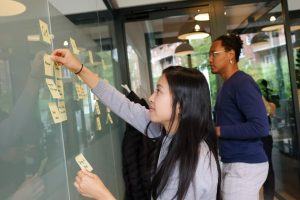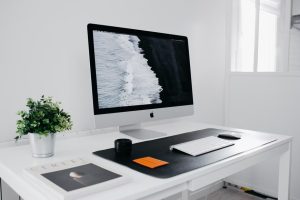
Product R&D Expenditures
What are some of the product R&D expenditures today? What are some of the crucial steps in doing product research and development (R&D)? Let us know more about this below.
Product R&D Expenditures
Product R&D expenditures refer to the cost of research and development activities in the development of new or significantly improved products. The costs include both direct and indirect expenses.
Then, they are divided into four categories:
1. Direct material costs. This refers to the actual materials used during the research and development process.
2. Direct labor. This includes the amount it costs to pay people directly involved in the research and development process.
3. Facilities. This refers to the cost of renting or buying buildings or leasing equipment used to conduct product R&D.
4. Other costs are any other expenses incurred in carrying out product R&D activities.
Direct Material Costs
Direct material costs include materials used to produce the finished product, such as laboratory supplies for testing, prototypes for testing, packaging, shipping, etc. Supplies used to conduct tests are also included in this category.
So, this refers to the actual materials used during the research and development process. These are usually inventory items, such as raw materials, components, chemicals, and consumables.
Direct Labor Costs
Direct labor costs refer to payments made to employees who are directly involved in product R&D activities. Such as designers, engineers, technicians, and other workers who contribute directly to the product’s design or development. This category also includes employee benefits and payroll taxes that go along with direct labor costs.
What about “indirect costs?” Indirect costs are those that cannot be linked directly to one particular project or product. Because they are fixed expenses incurred regardless of what project is being worked on at any given time.
So, direct labor is the amount it cost to pay people directly involved in the research and development process. It also includes employee benefits and payroll taxes that go along with direct labor costs.
Direct Material Costs
Facilities costs
Then, facilities refer to the cost of renting or buying buildings or leasing equipment used to conduct product R&D activities. This includes salaries for administrative staff and maintenance costs as well.
Other Costs
Other costs we can also include in ‘other’ are any other expenses incurred in carrying out product R&D activities, such as utilities, office supplies, insurance, etc.
Why Do You Need to Categorize Product R&D Expenditures?
Well, you need to categorize these expenditures because Product R&D activities are often complex and may involve several departments and locations. So, it is important to be able to attribute the costs of each project to the right place and department.
Also, by knowing which projects a company is spending its money on, you can help your company to manage its resources more effectively. It is also useful in making decisions about spending on new products. Because you will have a better sense of what your company has invested in the past.
Lastly, there are many different types of products. So, categorizing expenditures can help companies figure out the cost of developing new products. This can be useful for strategic planning and for deciding which products to focus on in terms of investment and product development.

